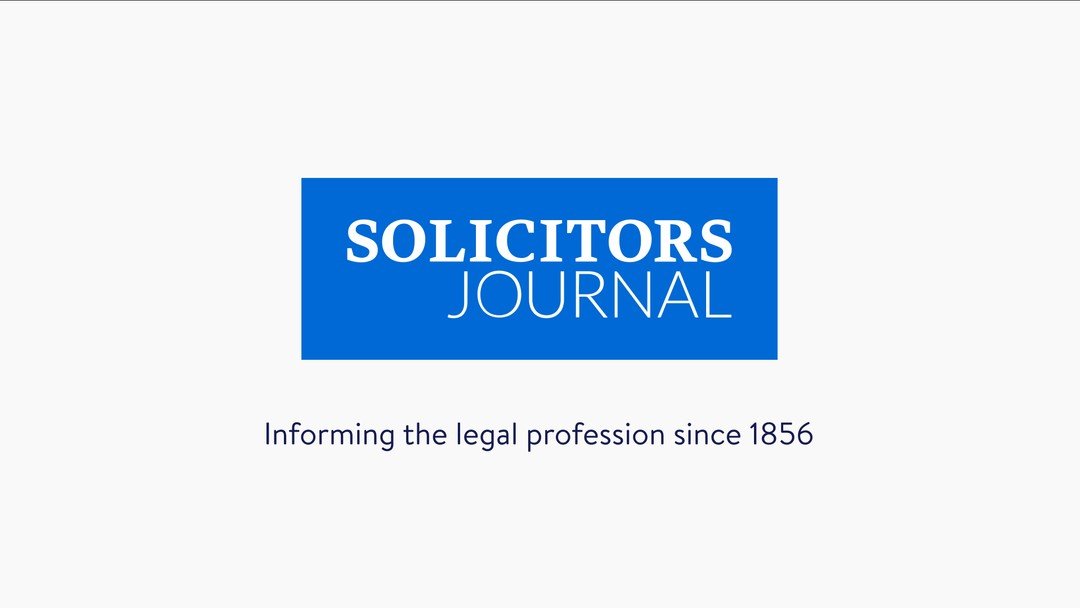Sometimes, you have to break a few eggs

The historical law firm model is to blame for the commercial predicament the industry finds itself in. Dramatic change is the only way to undo decades of inertia
The management of law firms face a number of challenges arising from particular dramatic changes in the modern legal landscape.
Historically, owners of businesses in the legal profession have enjoyed good margins and high levels of profitability. However, those owners have tended to be cash extractive, with the result that investment in the business has been insufficient to prepare for changes brought about by increased regulation and advances in technology.
Consequently, a vicious circle has developed around the last thirty years. As the failure to invest prudently has led to margin and cash flow erosion, the case for fresh investment capital has begun to deteriorate. Incoming partners are encouraged to seek partnership capital loans for investment, as capital in the business.
This cash has then tended to be withdrawn by outgoing partners. The financial result of this is that a typical medium sized law firm structured as an LLP is largely financed with off balance sheet debt. The capital in the business is more accurately described as the borrowing liability of the individual members. The problem that subsequently arises is there's not enough capital in the business.
A debt for your WIP?
Typically, a law firm carries debtors and work in progress in its balance sheet as assets, which support the business's solvency. Experience suggests that management and ownership is excessively optimistic about the value of those important balance sheet items. Generally, if a debt becomes more than 90 days old, its collectability must become increasingly questionable. The same is true for work in progress. Our experience is that law firms carry much older debt and work in progress in their balance sheets and treat them as collectable. This, we would suggest, is unrealistic.
Again, the basis of this problem is that the conversion of work into cash is generally inefficient. The result of this inefficiency is that the firm has to borrow to smooth its cash flow. Once the on-balance sheet borrowing is added to the off balance sheet borrowing, we refer to the above (which is not disclosed) and the business can end up being very highly geared.
This contributes to the vicious cycle of insufficient investment and the difficulty of finding succession in a business, where the invitation to the incoming partner to join the LLP is tantamount to an invitation to participate in the firm's liabilities.
The model must be reconsidered
It is therefore important to consider how to deal with this series of problems. It may be that alternative financial models become more prevalent in the legal profession. One possibility is a more corporate business model where third party capital becomes the norm. This of course will only be feasible if the business model provides a benefit to the investor.
A factor historically militating against this is that the partners always want all of the profit (another factor contributing to the lack of prudent investment for the future) leaving nothing for the investor. However if the partners are not the only owners of the business, then the pressure on them reduces as they are no longer required to borrow money on their personal account to fund the business.
Changes to regulation and technology add commercial pressure to the financial structure of the legal profession. Compliance with the regulatory framework is very expensive if done properly, and this erodes profitability (although it can be argued that compliance is value accretive (as opposed to profit) as the quality of the underlying business and thus its quality of earnings is improved).
The emergence of new model law firms based on more technology oriented platforms also adds to the competition faced by the typical law firm. Non legacy legal businesses do not carry the same overhead infrastructure as traditional law firms, which due to that legacy, are not as nimble nor do they have the financial resources to invest in innovative technology solutions to help them maintain margin, while continuing to provide the client with a high quality service.
All these problems can be solved, however it is undoubtedly the case that in order to make a successful, fit for purpose and future proof omelette, there will have to be some broken eggs.
Adrian Biles is managing partner of Gordan Dadds
